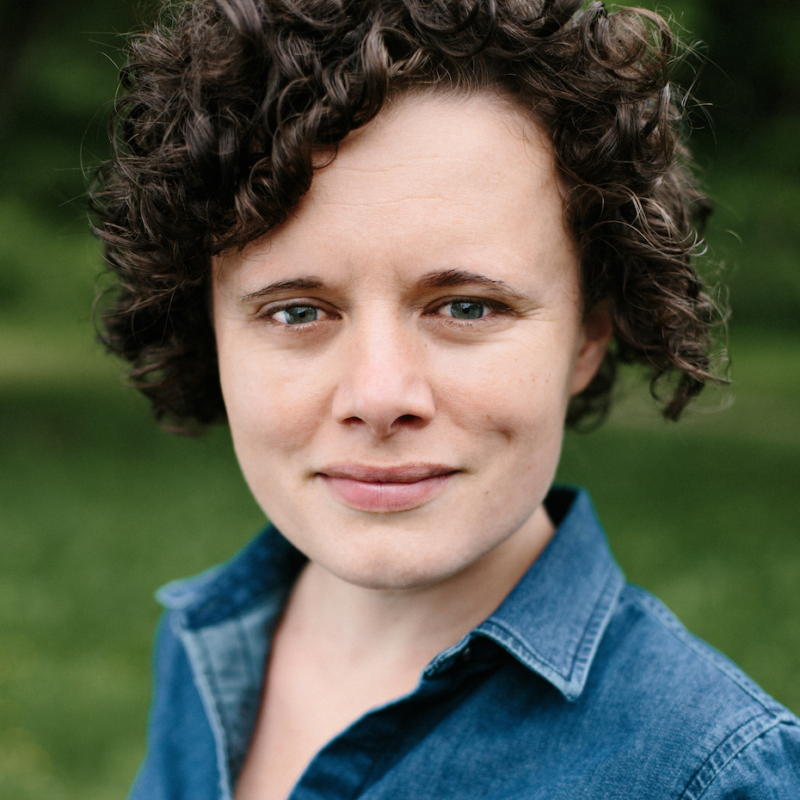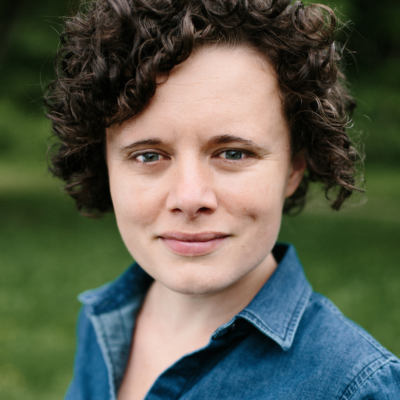The title of Russ Warren’s show at Les Yeux du Monde, “From Magic Mountain,” alludes to the early twentieth century novel by Thomas Mann, wherein a young shipbuilder-to-be heads to a sanatorium in the Swiss Alps and winds up staying for seven years in a haze of indolent revelation. The experience of viewing Warren’s paintings is similar to Hans Castorp’s arrival: There is much to contemplate, and you wind up staying in Lyn Bolen Warren’s amazing gallery space, high up off of Route 20 with beautiful views of the Blue Ridge, for longer than you had intended.
|
Russ Warren’s Still Life with Cello |
Warren’s most compelling works are the large still-lifes, 5′ high and 4′ across. The size sets up Warren’s compositions to place the viewer squarely outside the range of motion and light that occur on the canvas. Like a tubercular patient, the viewer feels very still in comparison to the painting. In “Still Life with Crows,” my favorite of Warren’s work, the floor tips precariously up, not optically able to hold the two table legs that firmly rest upon it. Behind the table, upon which sits a mask reminiscent of Pablo Picasso’s African masks, a landscape undulates through the arch of an opening. It’s meant to confuse the viewer—are we looking at the landscape from a bird’s-eye perspective, or are there two separate scenes stacked on top of each other? The crows of the title appear in black and purple, and it is impossible to discern if we are looking at the birds themselves or their shadows. Warren combines the shadow of the mask with the shadow of the crow to create a menacing shape upon the table, which threatens the viewer with its dagger-like appearance.
Allusions to Picasso’s Cubist still-lifes are everywhere—Warren admits as much in his titling, and he manages to carry off in a sophisticated fashion. I greatly admire his applications of color: The paintings, all acrylics except for a few small oils in black and white in the back office, are suffused with a glow normally reserved for oil. Even though Warren is interested in flattening three dimensional objects like tables and cellos and dogs, he still plays confidently with shadow and outlining in a way that allows him to create interesting hues and powerful color juxtapositions. But he’s not all about the early twentieth century (when both Mann and Picasso were working): There are more contemporary elements as well. In “Magic Mountain,” “Buckets of Rain” and “The Graduate,” outlines of human and animal heads pop out and pile up to form dynamic hills for viewers; almost comic contemporary obstacles that must be overcome before we settle in for a long stay.






